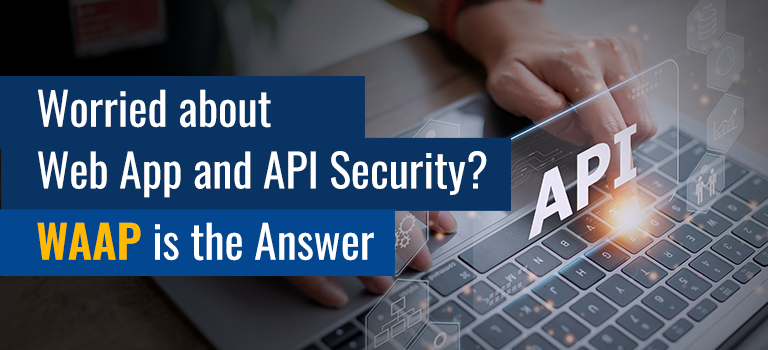API vulnerabilities have been at the root of some of the most significant security breaches in recent memory, such as when the Cambridge Analytica scandal revealed personal information about over 50 million Facebook users.
Uber was at risk for data breaches when their users’ UUIDs led to leaked tokens in the API response. These tokens could be used to take over accounts, which led to a lot of negative press for the company.
While these breaches certainly cause concern, it’s important to remember that API security constantly evolves.
Do you follow the same web application security approach to secure your APIs? The traditional siloed tools are the recipe for security disaster, and the time is now to shift to a new security approach. WAAP seems to bridge the gaps, and Indusface WAAP delivers a broad range of web applications and API Protection.
Does Web App Security Guarantee Robust API Security?
In the past, application security was a relatively straightforward task of defending a single, extensive application.
However, today’s API developers have to deal with the security of hundreds of small web applications ranging from authentication and authorization, and built-in session management, to microservices, etc.
A traditional firewall might not be enough to protect your website or application.
That’s because its main job is to control traffic on standard ports, like 80 and 443. Those are the same ports people use to access and work with published services. So, if someone wanted to get into your system, they could just as easily use those same ports.
While these are essential for users to access and interact with published services, they leave room for many potential threats.
This significantly differs between securing APIs and traditional applications because it is now a much more complex task. With all the microservices, dozens or hundreds of requests could go to dozens or hundreds of different servers. That’s why ensuring each request is secure from broad attack surfaces is important.
The two most significant issues with web applications and APIs are that it can be tough to find them, and once you do, it’s hard to figure out the context of what they’re for. You need to know both things to ensure that Web and API security is set up correctly.
This is what WAAP, sitting at the outer edge of the network, solves.
What is WAAP?
Web Application and API Protection (WAAP) solutions go beyond traditional web application firewall when it comes to:
- Creation of custom rules
- Automated API scans
- Signature-based detection of OWASP declared threats
- Getting actionable insights on legitimate traffic and potential threats
- Latency
- Allowlisting URLs
A collective name for solutions with evolved security services, sitting at the edge of the network, WAAP addresses security across the API ecosystem by familiarizing themselves with the most common risks, and businesses can put themselves in a much better position to prevent them.
How does WAAP offer comprehensive Web and API protection?
The posture analysis is incomplete without complete context-aware visibility into open source, DevSecOps, and new APIs. Developers need to be aware of the various security risks associated with APIs, such as compliance violations, rate limiting or encryption, misconfigurations, and so on.
Understand the risk posture of APIs
Customers can automatically scan APIs to understand the inventory of all APIs, transmitting sensitive data and their risk posture by identifying business logic vulnerabilities through unlimited automated API scans and manual tests. This way, they can be sure that their investment is protected and that they are getting the most out of their purchase.
See API traffic patterns
WAAP creates and studies a baseline of normal API traffic patterns and is an effective way to keep tabs on malicious bot activity and attack vectors and protect your web application and API.
Behavioral-based protection
WAAP uses behavioral patterns of past traffic to identify and block malicious traffic. It is always on the lookout for possible danger to your endpoints. It does this by learning what normal behavior looks like for applications and then creates an alert or block if it catches something different.
Real-time view of vulnerabilities
Web application and API protection give you an up-to-the-minute, accurate view of which vulnerabilities have been blocked by API-specific rules, positive security policies, and custom rules, and which ones still need to be fixed in the application. This helps you keep your app development process on track and meet deadlines while ensuring high security for your users.
Conclusion
Moving to a holistic security solution like WAAP improves the effectiveness and efficiency of your business. Furthermore, it enhances confidence in your cloud-native app deployments and API security.
Vinugayathri Chinnasamy
Tags: API, AppSec, Vulnerability Management, WAAP


